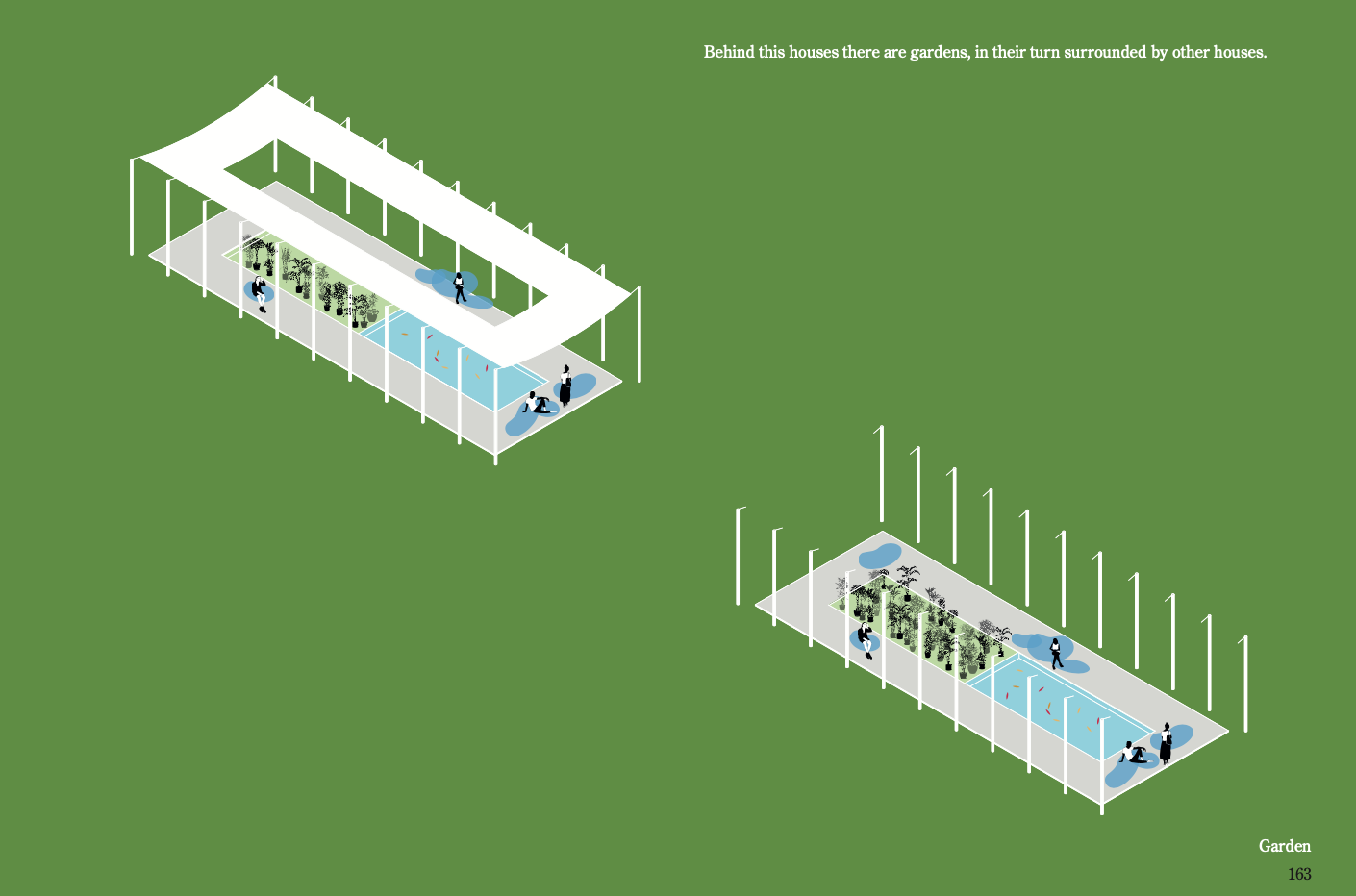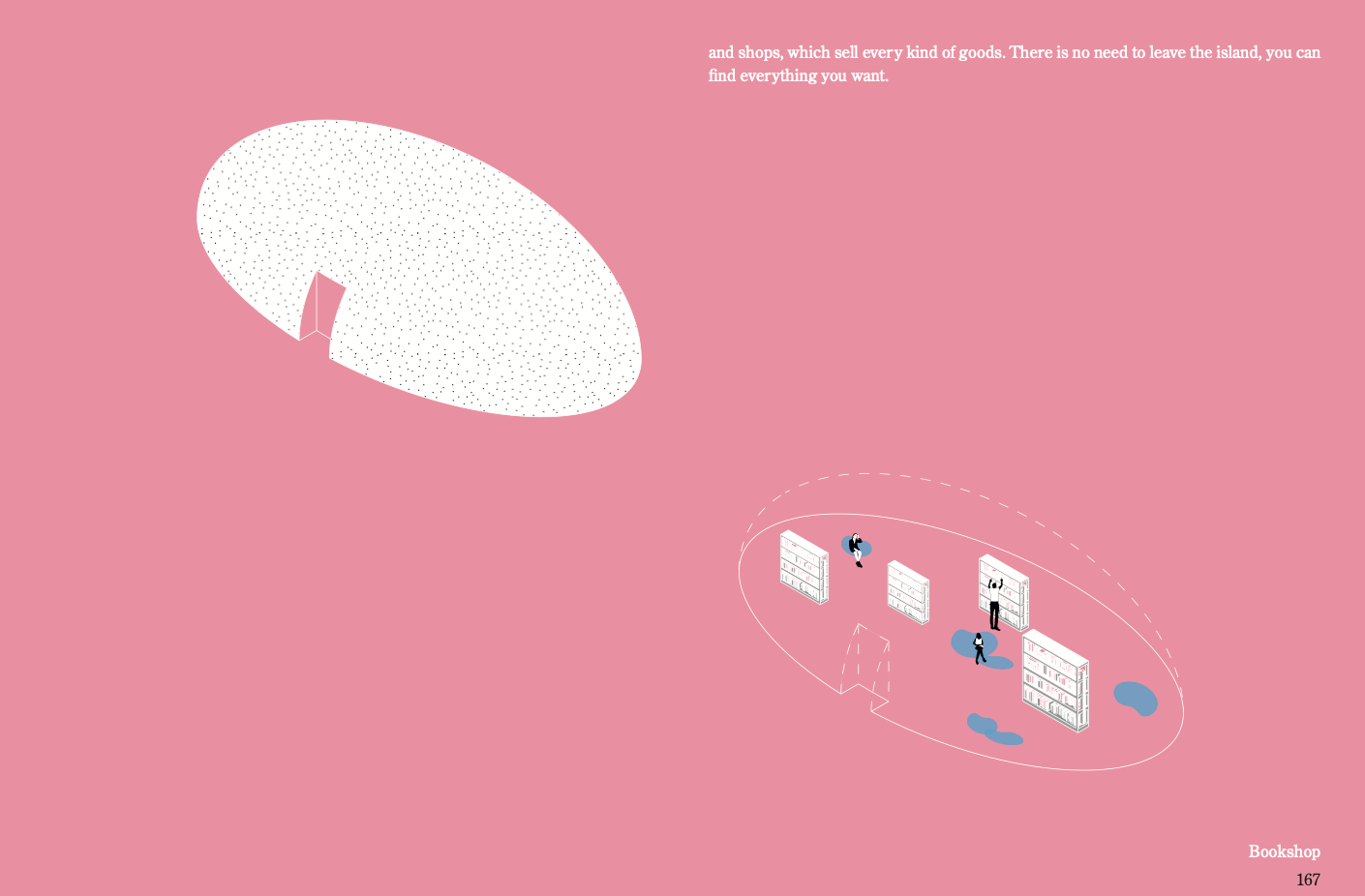


This research investigates the role of the Contemporary Art in the Post-Industrial Period as a regeneration tool for areas affected by urban and social pathologies proper of the 21st Century. Specifically, the case of Japan is here examined: a place in which coexist, in the most extremely way, cities of the past and cities of the future. In this context, Art is placed as a link among these two parallel universes, trying to re-establish a connection between the Man of the Present, who lives in the City of the Future, and the Man of the Past, who still lives in the Nature.
During the examination of these problems, the book refers to three small islands: Naoshima, Teshima and Inujima, located in the Seto Inland Sea of Japan. They shall provide some example models to understand how the combination of Art and Architecture has, within a few years, changed the destiny of these invisible archipelagos.
In the second part of the book, a deeper analysis about the case of Inujima is then carried out, and it is finally proposed a design method which offers many possible guidelines for the future development plan of this small island.









Inujima is a small thiny island with jagged edge, with numerous inlets in which the sea erodes. Inside them, small bays are formed and protected by the wind. Two of the bays work as harbours. The access to the island is allowed by a ferry, that connects to the Hoden Port, in the near mainland, and to the islands of Teshima and Naoshima. The ser- vice is active only for few times a day and interrupts at 5.30pm. This allows the islanders to remain as isolated as they want to be.



A project for the community
As first step, I developed an urban analysis, labeling and quantifying every single build- ing on the island.
What has immediately emerged is the disproportion between the number of residential buildings and the quantity of services.
What has immediately emerged is the disproportion between the number of residential buildings and the quantity of services.









Utopia?
In 1516, the English Humanist Sir Thomas More wrote a fictional work about the imag- inary Island of Utopia.
The term comes from the Greek and literally means “Nowhere”. “Utopia occupies a crescent-shaped island that curves in on itself, enclosing a large bay and protecting it from the ocean and wind. The bay functions as a huge harbour. Access to the bay is impeded by submerged rocks, the locations of which are known only to Utopians. The bay allows for easy internal shipping and travel, but makes any sort of external attack or unwanted contact unlikely. This allows the Utopians to remain as isolated as they want to be.” Utopia is a kingdom where the private property is abolished. Indeed, there are so many public spaces that the ownership is an outdated concept.
In 1516, the English Humanist Sir Thomas More wrote a fictional work about the imag- inary Island of Utopia.
The term comes from the Greek and literally means “Nowhere”. “Utopia occupies a crescent-shaped island that curves in on itself, enclosing a large bay and protecting it from the ocean and wind. The bay functions as a huge harbour. Access to the bay is impeded by submerged rocks, the locations of which are known only to Utopians. The bay allows for easy internal shipping and travel, but makes any sort of external attack or unwanted contact unlikely. This allows the Utopians to remain as isolated as they want to be.” Utopia is a kingdom where the private property is abolished. Indeed, there are so many public spaces that the ownership is an outdated concept.
The war is deeply hated in Utopia, since it is used only to defend the country, to fight enemies whose invade friends lands, or with the aim of liberate the people from the tyr- anny, since injuries to friends are more punished than proper. 38
There are fifty-four city-states on the island, and all are identical in languages, customs, and laws and similar in size, layout, and appearance.
All citizens are within one-day-walk of their nearest neighbour. 39
Each city is divided in four equal parts, with a market in the middle. Private houses are arranged in long lines and facing on each other. Behind these houses there are gardens, in their turn surrounded by other houses. Each house has a door facing the street and a door facing the garden. Each district has guesthouses, placed at the same distance between each other.
Utopia is a kingdom where the private property is abolished. Indeed, there are so many public spaces that the ownership is an outdated concept.

The aim of the work is to give an example of a “Perfect Society” through an “Ideal World”. This concept is not conceived as a real possibility for other nations to mimic, Utopia may be ideal such as this Image of Inujima, but in its real form there is the understanding that the ideal can never be attained and instead can only be used as a measuring stick.
“The utopia is like the horizon: I walk two steps towards it and it goes two steps away. I walk ten steps towards it and it goes ten steps away. The horizon is unreachable. And so what good is utopia? This: to keep walking.”